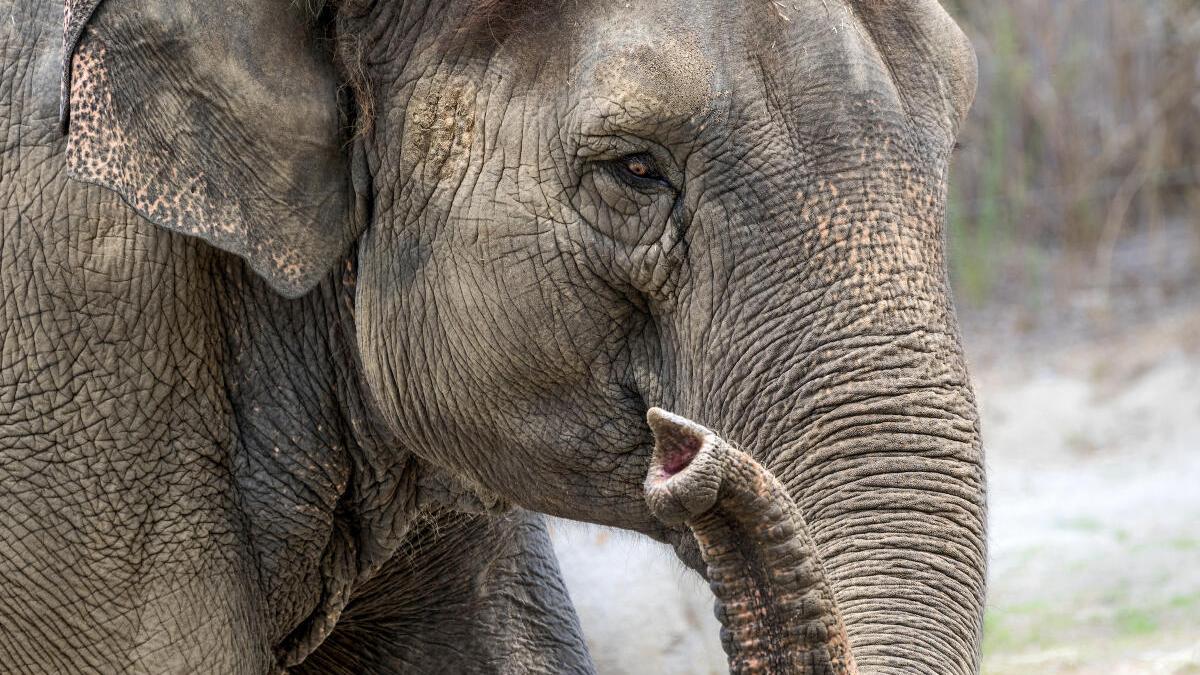
How climate change affected the shape of elephant teeth Premium
The Hindu
Existing elephant species are the remnants of a once prosperous lineage of megaherbivores called proboscideans, whose evolutionary epic spanned 60 million years and some 200 species.
Seeing elephants in the wild is a timelessly awe-inspiring experience. There are only three living species today: the African savannah elephant, African forest elephant, and Asian elephant.
They are the remnants of a once prosperous lineage of megaherbivores called proboscideans, whose evolutionary epic spanned 60 million years and some 200 species. The African continent was the centre stage of this story.
But, until now, it hasn’t been clear how natural selection favoured modern elephants as the only tiny surviving branch of proboscideans.
A new study by palaeontologists Juha Saarinen and Adrian Lister provides the answers. Lister supervised my PhD, which focused on evolutionary relationships of fossil elephants. Saarinen hosts my current postdoctoral position at the University of Helsinki, as we’re pursuing research stemming from these findings.
They focused on the emergence of elephants’ highly specialised, multi-plated cheek teeth from the primitive dentition of earlier proboscideans. Their conclusions demonstrate that behavioural adjustments in response to changing environments can produce sustained transformative trends in animals’ adaptive structures over tens of millions of years.
Modern elephants’ diets consist of copious amounts of tough, fibrous, often low-quality fodder. They’re able to eat this way because of their teeth: six massive grinding teeth per jaw half that erupt and expend sequentially in a horizontal “queue” throughout the animal’s life, each successively larger than the previous tooth. The adult molars are as big as bricks.
Enamel ridges that align longitudinally along the tooth shear up the vegetation like a cheese grater as the jaws move. These teeth also have high crowns that continuously erupt into position as the older chewing surface wears away, like lead pushing up in a mechanical pencil. This helps elephants deal with continuous tooth attrition from chewing.





















 Run 3 Space | Play Space Running Game
Run 3 Space | Play Space Running Game Traffic Jam 3D | Online Racing Game
Traffic Jam 3D | Online Racing Game Duck Hunt | Play Old Classic Game
Duck Hunt | Play Old Classic Game











